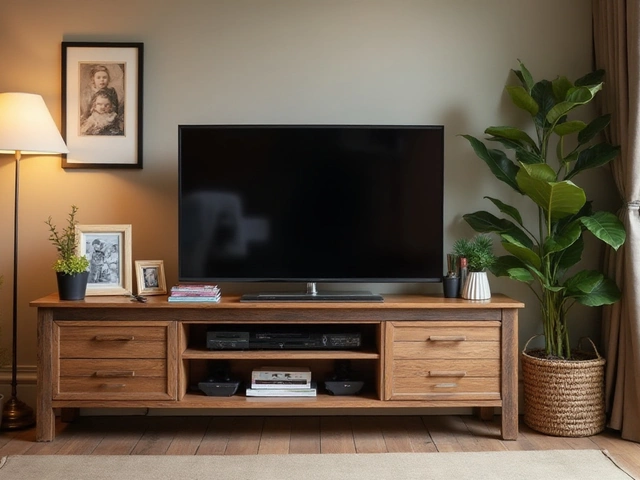Finance Furniture – Easy Ways to Keep School Furniture Costs Under Control
Buying new desks, chairs, and storage for a classroom feels like a huge expense, but it doesn’t have to drain your budget. Whether you’re a principal, teacher, or procurement officer, the right financial plan can stretch every pound and still give students the quality furniture they need.
Plan Your Budget Before You Shop
Start by listing every piece of furniture you need and the quantity. Group items by priority – essential desks and chairs go first, while decorative storage can wait. Next, set a realistic spend range for each group. Use a simple spreadsheet: column A for item, B for quantity, C for unit cost, D for total cost. Add a 10‑15% buffer for unexpected price changes. This visual layout helps you spot over‑spending early and keep the whole project in check.
Don’t forget to factor in delivery and assembly fees. Those can add up, especially for bulk orders. Some suppliers offer free delivery if you hit a certain order value, so aim for that threshold when possible.
Financing Options That Actually Help
Many furniture providers offer credit terms, leasing, or rent‑to‑own plans. A 12‑month interest‑free period can give you breathing room to spread the cost over the school year. Compare the total amount paid under each plan – a low monthly payment might look good, but a hidden interest rate could make it more expensive in the long run.
Another route is to check if your local education authority or government grant program covers part of the expense. Some grants are earmarked for ergonomically designed furniture, which can improve student focus and reduce absenteeism. Applying early can secure funds before the school year starts.
If you have a tight budget, consider buying in phases. Order the most needed items first and schedule the rest for the next fiscal year. This staggered approach keeps cash flow stable and prevents sudden large outlays.
Finally, don’t overlook second‑hand or refurbished options. Quality refurbished desks can cost half as much as new ones and still meet safety standards. Look for reputable dealers who provide warranties; this protects you from hidden defects.
By mapping out your needs, using smart financing, and exploring all sourcing options, you can finance furniture without compromising on quality. Remember, the goal is a learning environment that supports both teachers and students – and that’s achievable on any budget.





